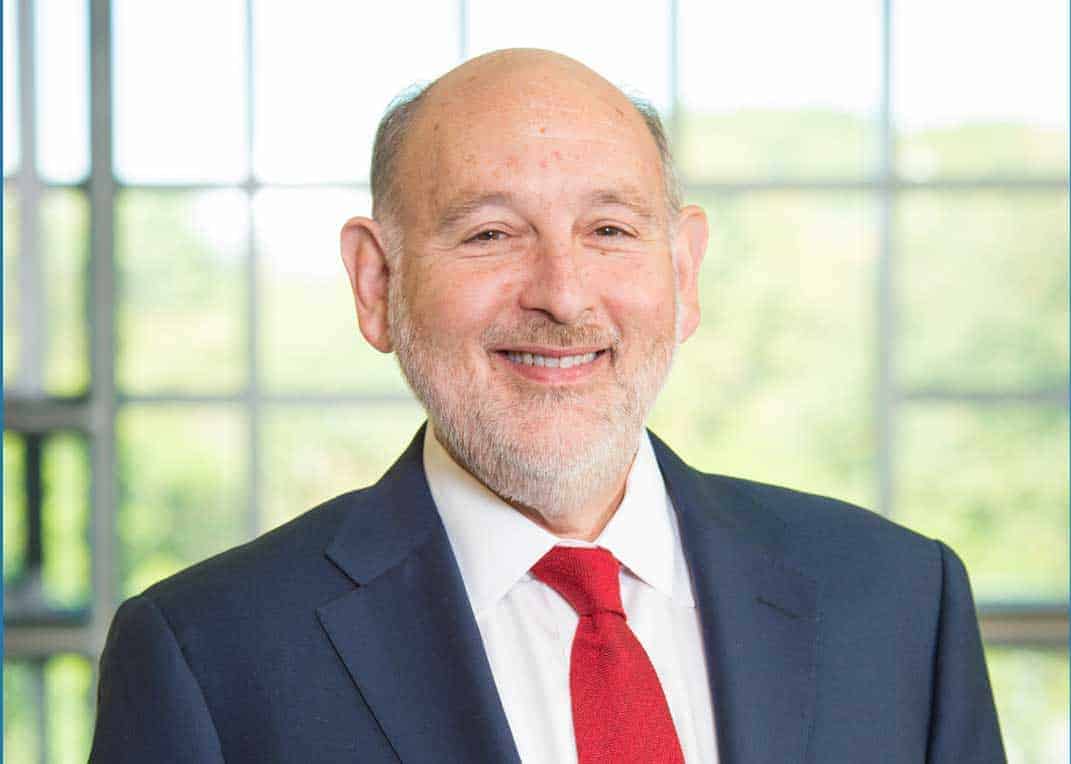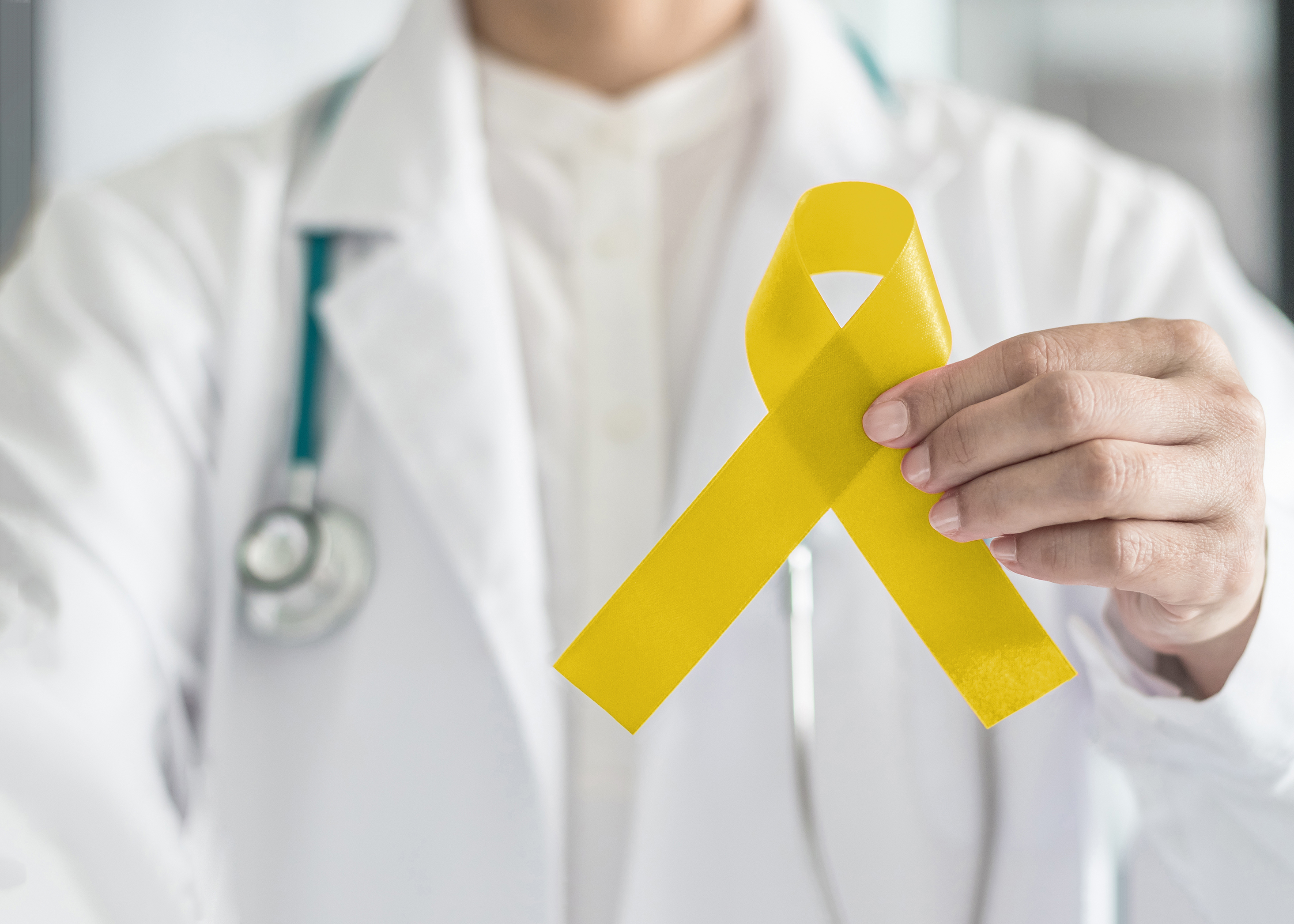I have spent 30 years practicing medicine on inpatient psychiatric units.
I have listened to, witnessed, and felt the raw horrors of hopelessness and despair. I’ve also had a front row seat to the spectrum of traumas that cripple the human psyche.
Despite the increase in awareness of mental health conditions, and even with the unprecedentedly higher rates of individuals who are actively seeking mental health support, the rates of suicide continue to rise.
Suicide or attempted suicide is the most common emergency in psychiatry, yet much about it remains a mystery. This is true not just for the families and friends of suicide victims, but also for researchers and health professionals. While psychiatry devotes considerable resources to investigating mood disorders that have been linked to increased suicide risk, the field has focused little attention upon the act itself. In fact, the Diagnostic and Statistical Manual of Mental Disorders (DSM) offers neither criteria nor diagnostic codes for suicidal behavior.
Over the past year, two images have been imprinted in my brain. These images have prompted my commitment to help redefine our current models for suicide prevention.
The first, is a picture of a 17-year-old Dutch girl who had battled Anorexia Nervosa for much of her young life. With the approval of her parents, she went before a judge and was granted her wish to euthanasia. Strikingly, and tellingly, she preferred death to a feeding tube.
The second image, is of a $210 million suicide deterrent net that is being built at the base of the Golden Gate Bridge. We live in a world of extraordinary feats in science and technology. We have recently sent a spaceship on a 10-year journey to take photos of Pluto, but have yet to come up with a viable solution for an adolescent living with an eating disorder.
Our answer to the suicide epidemic is securing a metal net across a 1.7 mile suspension bridge in San Francisco?
I know that we can do better. We simply have to.
The good news is that there is growing research on genetic and biochemical biomarkers in medicine including psychiatry. Alzheimer’s and Cancer research have both found promising biomarkers that can help with early screening and improved outcomes. I believe there are several key biomarkers that are associated with suicide risk.
These biomarkers, when addressed, can vastly decrease the risk of suicide and complement our current prevention efforts.
Nutritional Deficiencies
Cholesterol – Many studies have concluded that very low cholesterol actually increases risk for suicide. In a study of over half a million subjects, participants with the lowest levels had a staggering 112% higher risk of suicidal ideation, a 123% higher risk of suicide attempt, and an 85% higher risk of suicide completion.
Omega-3 Fatty Acids – Epidemiologic research suggests that lower Omega-3 intake is associated with higher prevalence rates of suicidal behaviors. International research groups including the U.S. Military have demonstrated Omega-3 fatty acid supplementation can decrease suicidal ideation.
Vitamin D – Deficiencies in Vitamin D have also been shown to correlate to higher risk of suicide. Observing that suicide rates in many countries are highest in the springtime (when people’s vitamin D levels tend to be lowest) a group of researchers conducted a study. They were hoping to find results that linked low vitamin D to increased rates of suicidality. More than 30% of all subjects had vitamin D levels below 20ng/mL – indicative of deficiency – and those with the lowest values had the highest risk of suicide.
Genetics
Research strongly supports that there is a genetic component of suicidality. While additional research is necessary, what we know is that specific genes play a role in suicidal behavior. A detailed family history can be a critical step in suicide prevention efforts.
Trauma
It should come as little surprise that trauma, whether physical or psychological in nature, is associated with an increased risk of suicide. Concussions, sexual abuse, bullying and emotional abuse are all risk factors. Interestingly, trauma has also been linked to elevated inflammation levels. Aggressive treatment of inflammation has been a growing area of research in psychiatry.
Sleep
We know that sleep is an important piece of our overall health picture. Impacts of sleep deprivation can range from increased risk of stroke to suicide. Not only is sleep deprivation correlated with suicide risk in and of itself, but scientists have also confirmed that consequences of sleep deprivation can also include increased inflammation which is also linked to increased risk for suicide.
The scientific evidence strongly supports that the incorporation of a neurobiological model of suicide prevention into existing treatment protocols will make an enormous impact on current suicide trends.
In honor of National Suicide Prevention Week, it is important for us to take a closer look at our prevention efforts. What we’re currently trying, simply isn’t sufficient. We need to forge a fundamental change in how we address the second leading cause of death in those aged 15 to 34.
There is no more urgent need.
####

Dr. James Greenblatt, MD is an internationally–recognized pioneer in the eating disorder and integrative medicine fields. Board certified in child, adolescent and adult psychiatry, he understands that all individuals have unique biochemical profiles that lead to a range of different behaviors and, therefore, treatment needs. His interest and research in the integral role of nutrition in psychiatric outcomes and the interrelatedness of all body systems have changed the lives of countless individuals whose psychiatric symptoms persisted despite the use of traditional psychopharmacological interventions. As our chief medical officer and vice president of medical services, Dr. Greenblatt utilizes these key concepts with patients and provides medical management, leadership and oversight of all our psychiatric programming.







